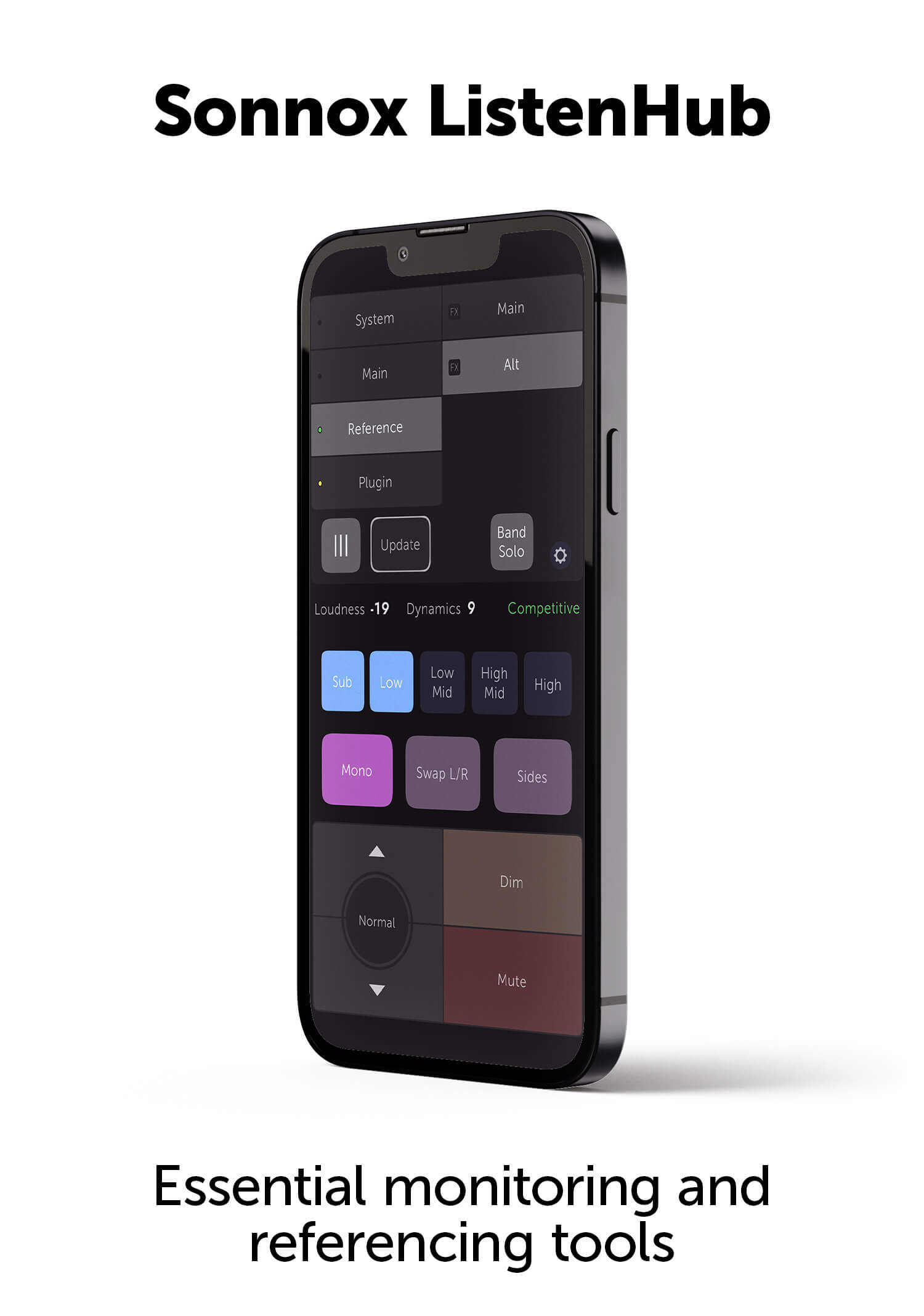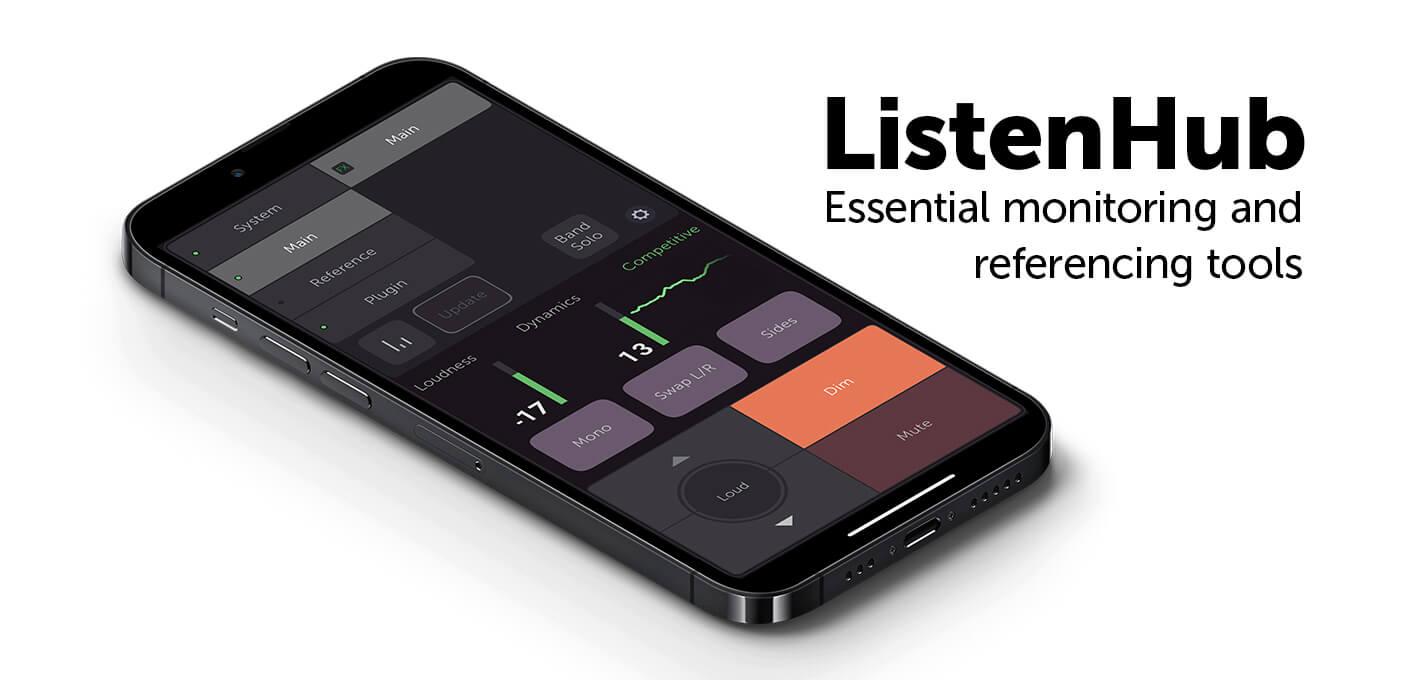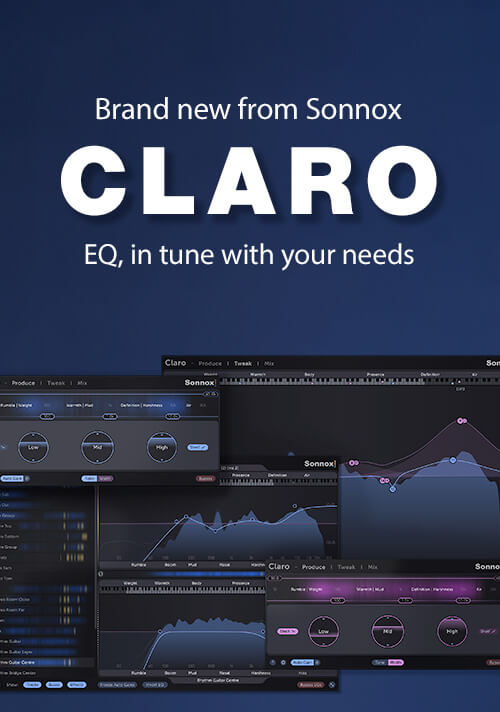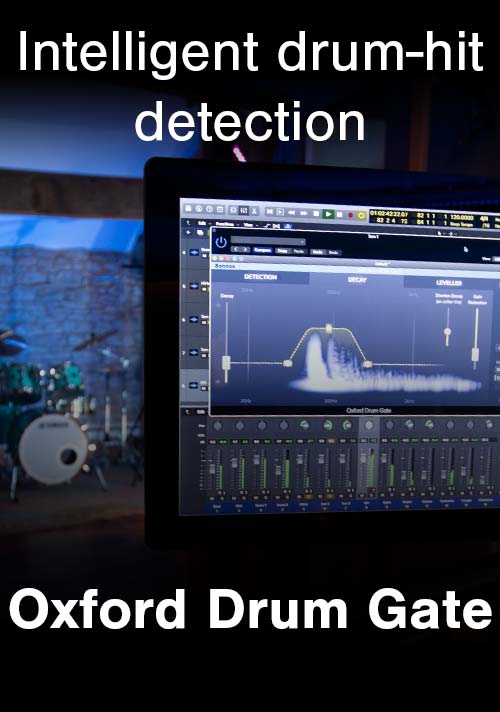Enhancing Emotion in a Vocal with Tony Maserati
This month we present Grammy-Award winning multi-platinum Producer/Engineer Tony Maserati. His credits include Black Eyed Peas, Beyonce, Jason Mraz and Lady Gaga. Below, he shares insights on hit-making vocal production.
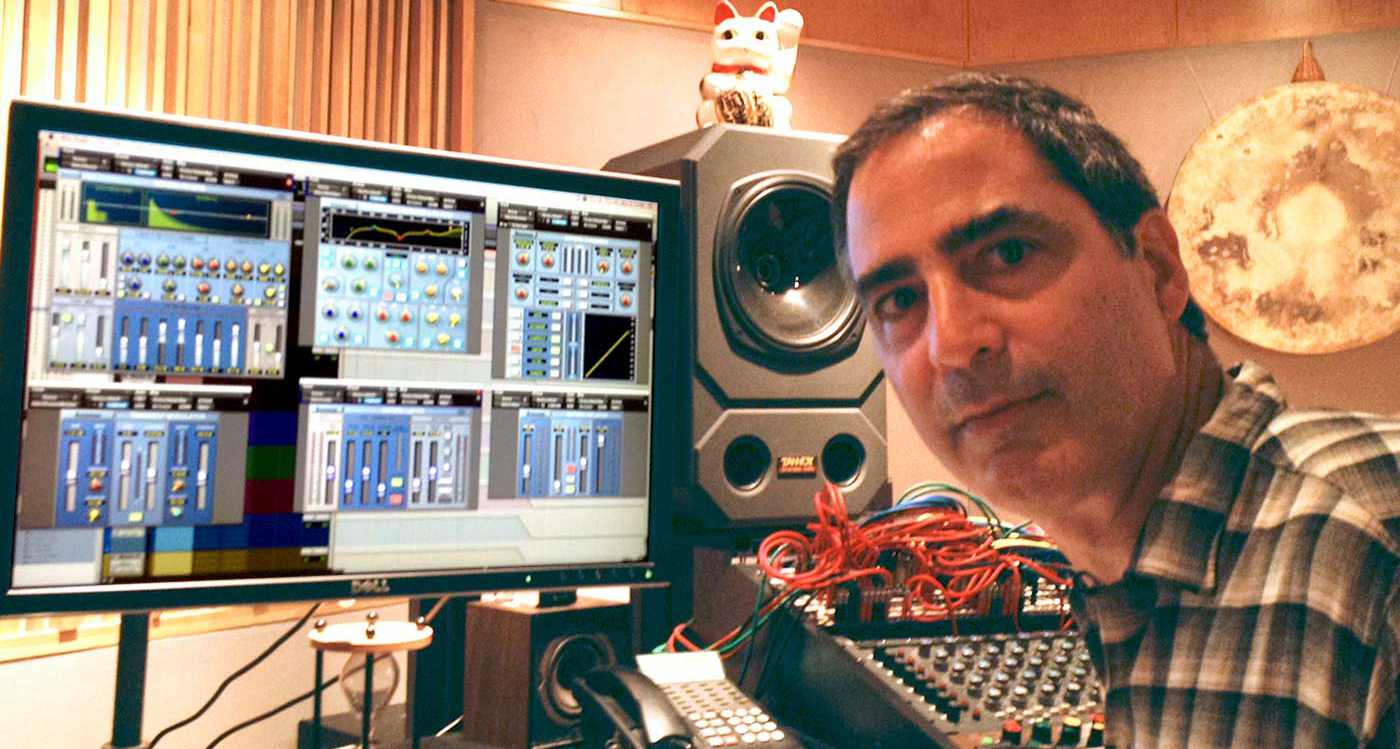
When approaching a vocal, do you think of it as being the most important element in the mix?
Yes, without a doubt. There are a few genre specific exceptions but in general the vocal is the most important element in any mix, so it's often where I spend the largest portion of time. The vocal has to be compelling and keep the listener's attention and at the same time exemplify the main emotional idea of the song.
Do you prefer to have your lead vocals doubled and/or more?
Vocal tracking needs to be appropriate to the song and the emotion of the song. On Jason Mraz's "I Won't Give Up" single out now, he had tracked some doubles an d harmonies that we didn't use until later in the song, in an effort to help build the song a compelling arc. So it depends on the song and the arrangement.
While each vocal will of course be different, how do you approach the amount of reverb or space you create around them?
It really does depend on the vocalist and the genre, but there are a few commonalities when I approach vocal reverbs. No matter what the song is, I always try to make it grow and to continually give the audience a focused emotion in every part of the song. To do this I often ride my reverbs in and out. A lot of the time when I have a song like one of Jason's, it's all about the journey. The beginning is often soft and delicate - in those cases I will usually leave him quite dry and intimate. Then as the song grows I will make the reverb and the space he is in grow by 'riding in' reverbs or delays. Although, it is also very important to be conscious of the other musicians, to make sure they all sound like they are in the same room and to think about where they are placed in the room.
How do you engage Sonnox plug-ins to deliver a great vocal sound?
When choosing a plug-in to add to my vocal chain the decision is based on what I want to feel and what I want the audience to feel. When I choose to add the Oxford Reverb to my vocals I do so not only because of the great sound it produces, but also because the built-in EQ allows me to quickly shape the reverb to fit the emotion or vibe of the song I am trying to develop. When I need something notched out of a vocal I will reach for the Oxford EQ - not only do the five bands give me amazing accuracy, but I love the filters. The A/B function, which is automatable also allows me to automate different EQs for different sections. This is particularly helpful in developing a song. Sometimes I will EQ the vocals differently between the verse and the choruses to match the performances and intensities. Whether it's using outboard gear or Sonnox plug-ins, the key to a great vocal is emotion, and all I do is try to enhance that.
Interview and editorial provided by Rich Tozzoli
